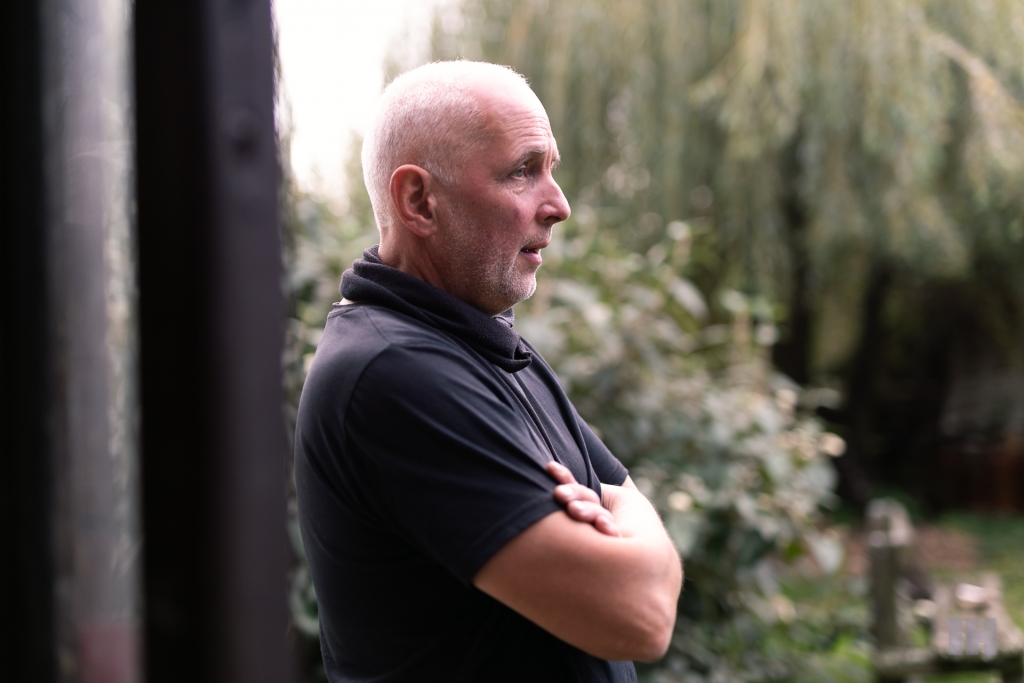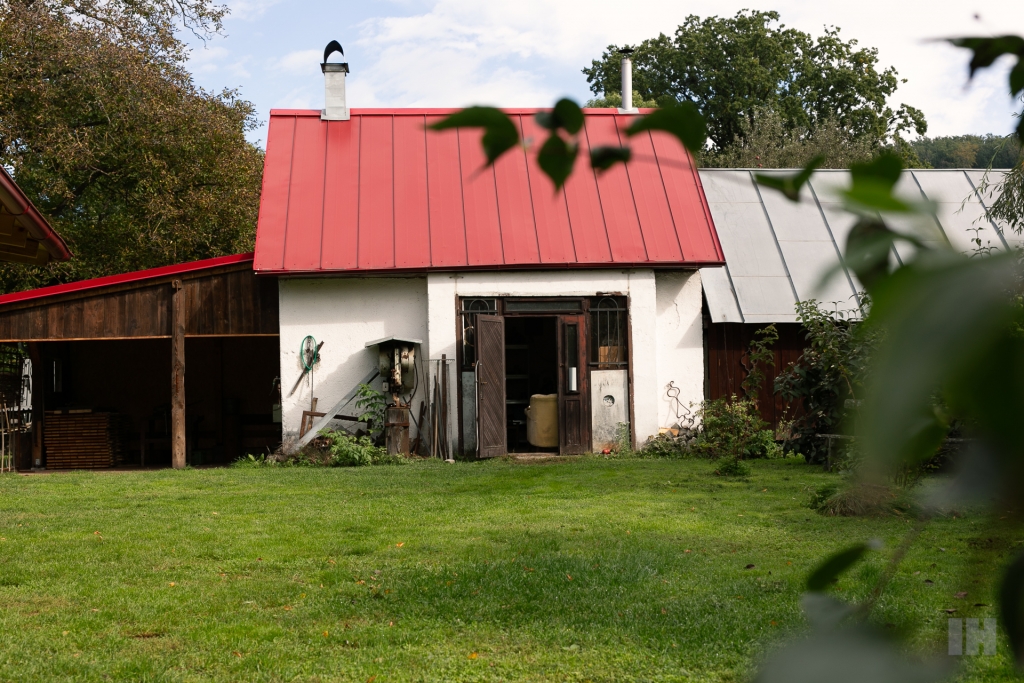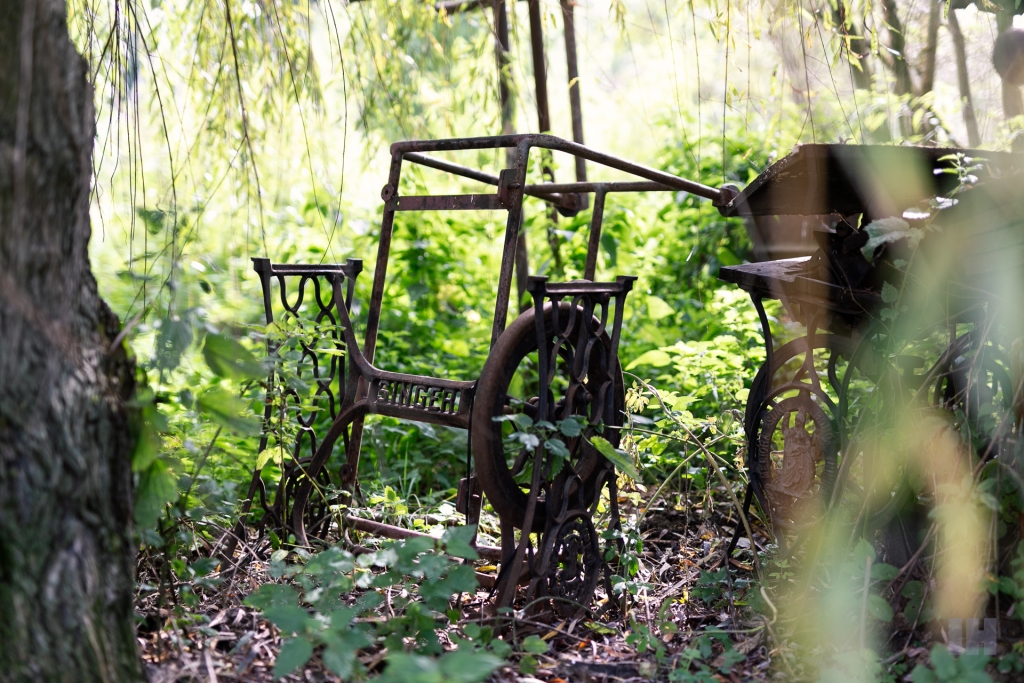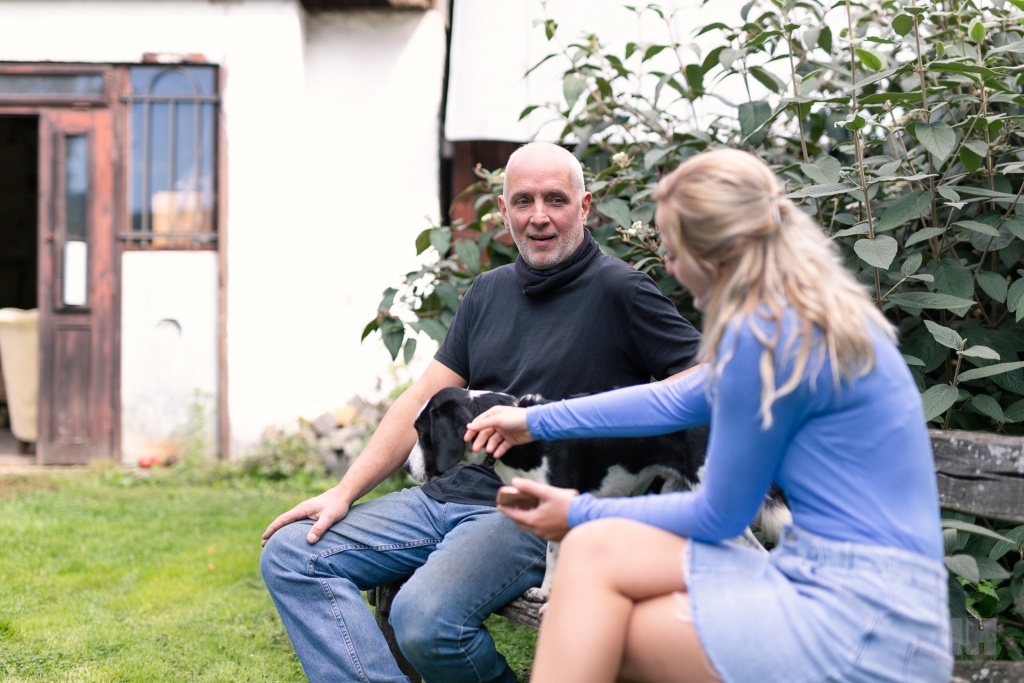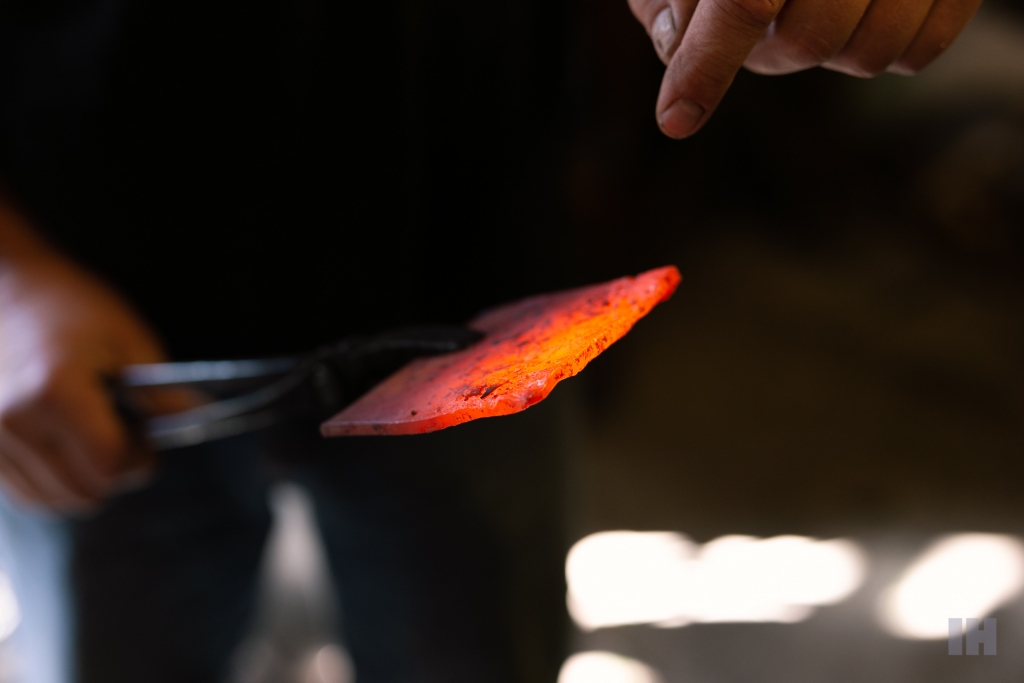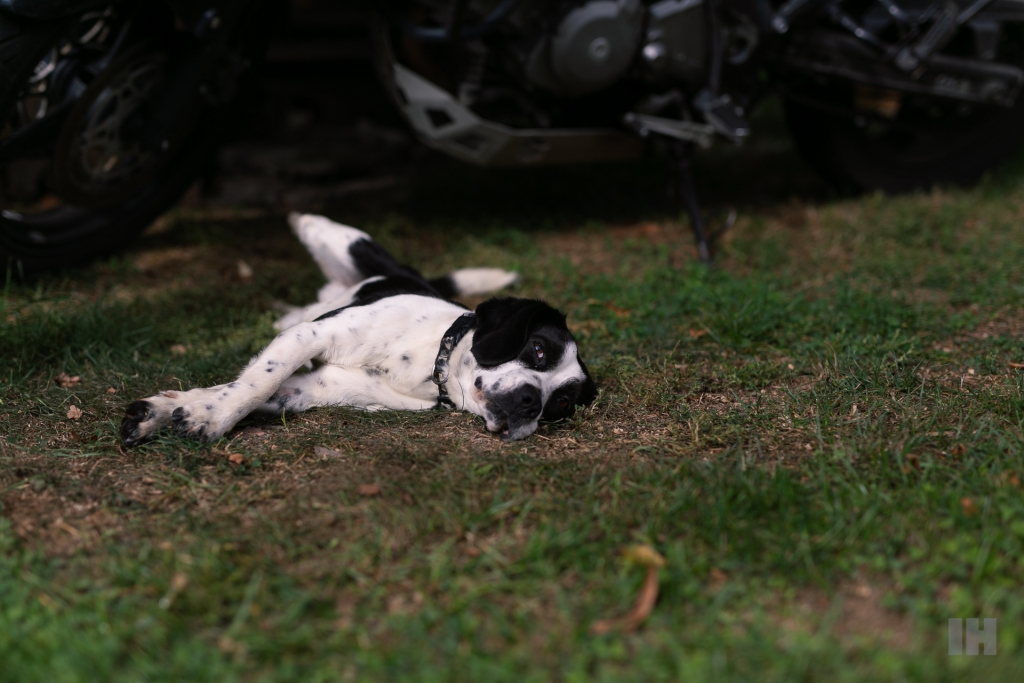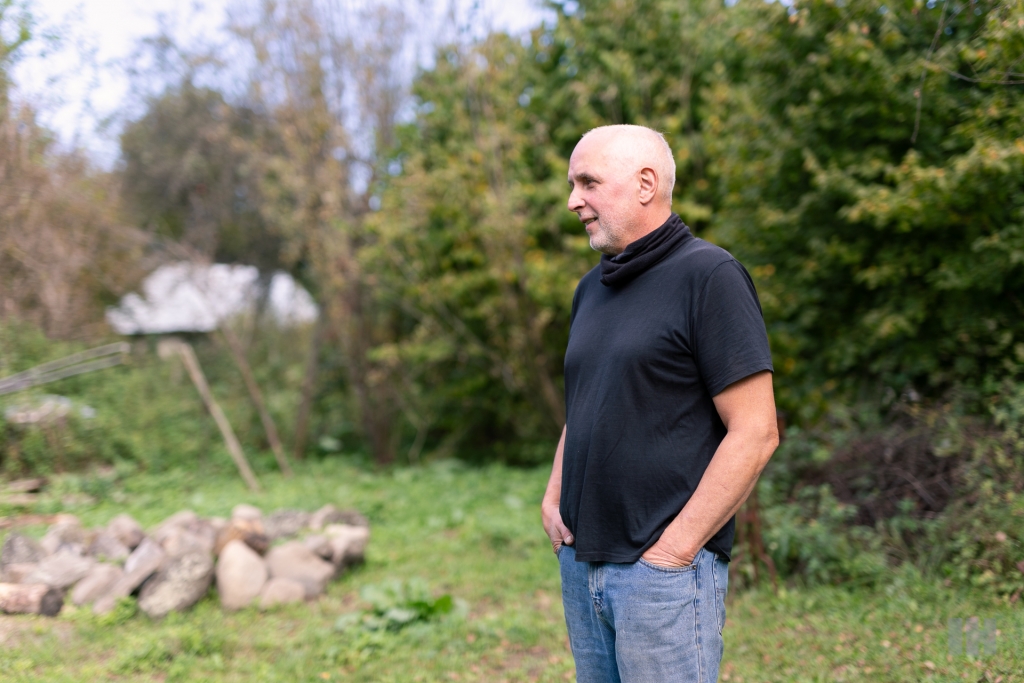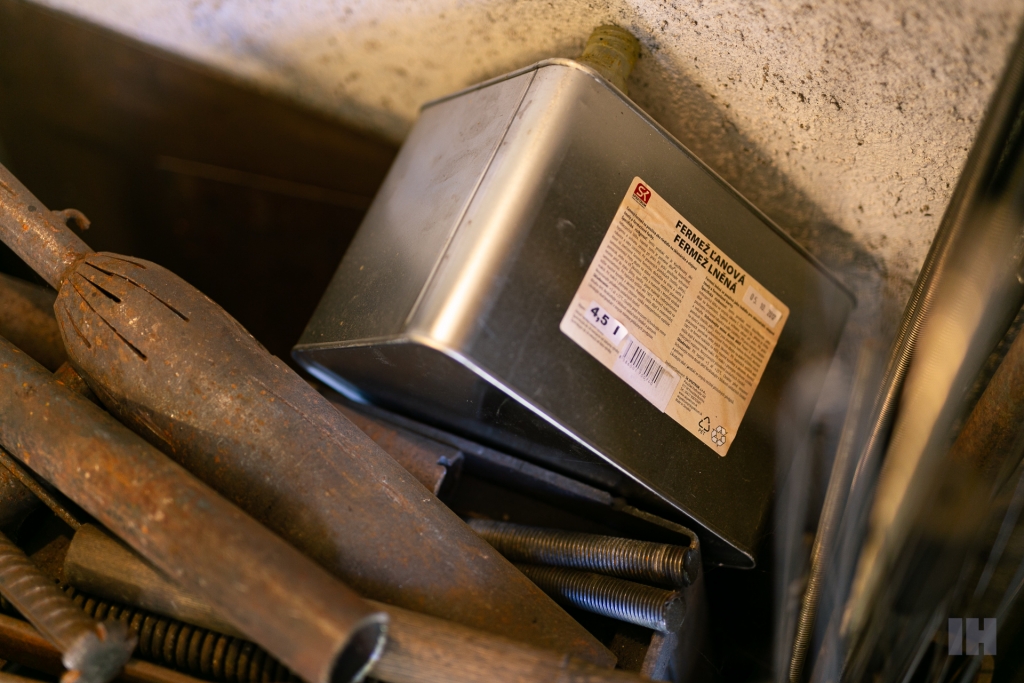I do not divide my life into work and leisure – it is a free lifestyle that brings me joy. Artistic blacksmith Cyril Horák
As a teenager, while riding horses he first came in contact with the blacksmiths’ craft. Later, Cyril became so skilled in it that he was chosen as an artistic blacksmith to occupy the premises during the audition of the newly reconstructed Alley of Crafts (Hrnčiarská Street). Today, he lives in Ruskov, near Košice, and is engaged in the production of decorative blacksmithing items for interiors for ÚĽUV stores – the Center of Folk Art Production.
Training course at the veterinary university
Cyril Horák began working with blacksmithing almost 35 years ago. He has been working as a blacksmith continuously for about 22 years, of which he spent 18 on Hrnčiarská Street, known as the Alley of Crafts in Košice. He recalles his beginnings with a craft as a side activity related to horse riding.
“The truth is, I’m not a trained blacksmith. I went to grammar school, then I studied about six semesters at the Technical University in Košice. Once upon a time, as a 15-year-old, I rode horses and met a certain horseshoer. It was my first contact with blacksmithing, although I had not started with it at that time. Only later did I enroll in a course, which was organized at today’s University of Veterinary Medicine and Pharmacy in Košice. I started to spend time with this activity for a while and set up the first small working room in my garden.
Before 1989, I managed to get a job in a construction company, where they also made products related to artistic blacksmithing. I didn’t know much at the time, maybe just how to make a horseshoe. I really wanted to do it so they gave me a chance, even though I was with very little experience. There was a clever master who devoted his time and knowledge to me and from whom I learned, Gabriel Nemčík. After 1989, enterprises began to fall apart, so I rode horses in Germany and operated for several years on the basis of traveling for work and home.”
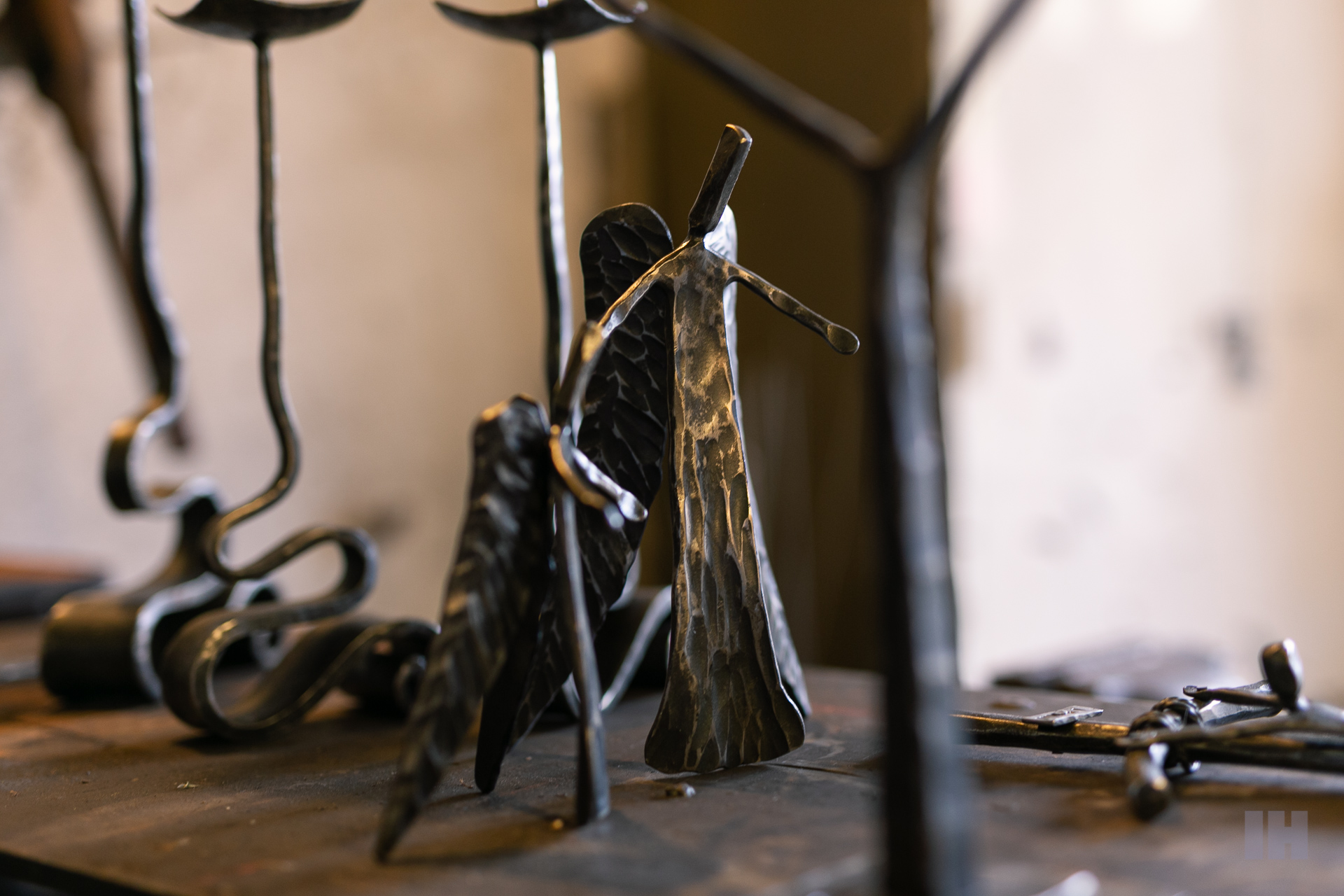
Alley of Crafts = home for 18 years
The reconstruction of the famous Hrnčiarska Street was completed during the mayor Rudolf Schuster. Prior to its opening, a casting procedure was created for the selection of craftsmen who were to occupy the premises in the alley. Cyril Horák and his wife settled here for the following 18 years.
“Together we ran our shop with blacksmith objects. It wasn’t a big business, but we knew how to make a living of it, and the main thing was that we were doing something that pleased us. Today, I work on making these objects for ÚĽUV which operates a total of 5 folk art stores in Slovakia – in Bratislava, Banská Bystrica, Tatranská Lomnica and Košice. Since we left the Alley of Crafts, I have been producing decorative blacksmith items of an interior character for all these stores. These are proven and sought-after designs such as various accessories, candlesticks, iron angels, crosses.
Every design of a new product must be approved by the art commission. New motives are therefore the most mentally and time-consuming. For the tested objects, it is necessary to practice the design of the product, similarly to how bands practice their compositions. I do not consider myself an artist, I am a folk craftsman. However, even though I do the same thing, it is different from what I did a few years ago. It is also important to mention that I do not engage in blacksmithing as a producer of outdoor house equipment such as fences or its ornaments and the like.”
“I wanted to live a life in which I would not have to go to work that would not interest me. I didn’t want to separate my working hours from my free time, always look at my watch. I lead a freer lifestyle and I am satisfied with what I do. I smith, go for a walk, shoot from a bow, return to my workroom.”
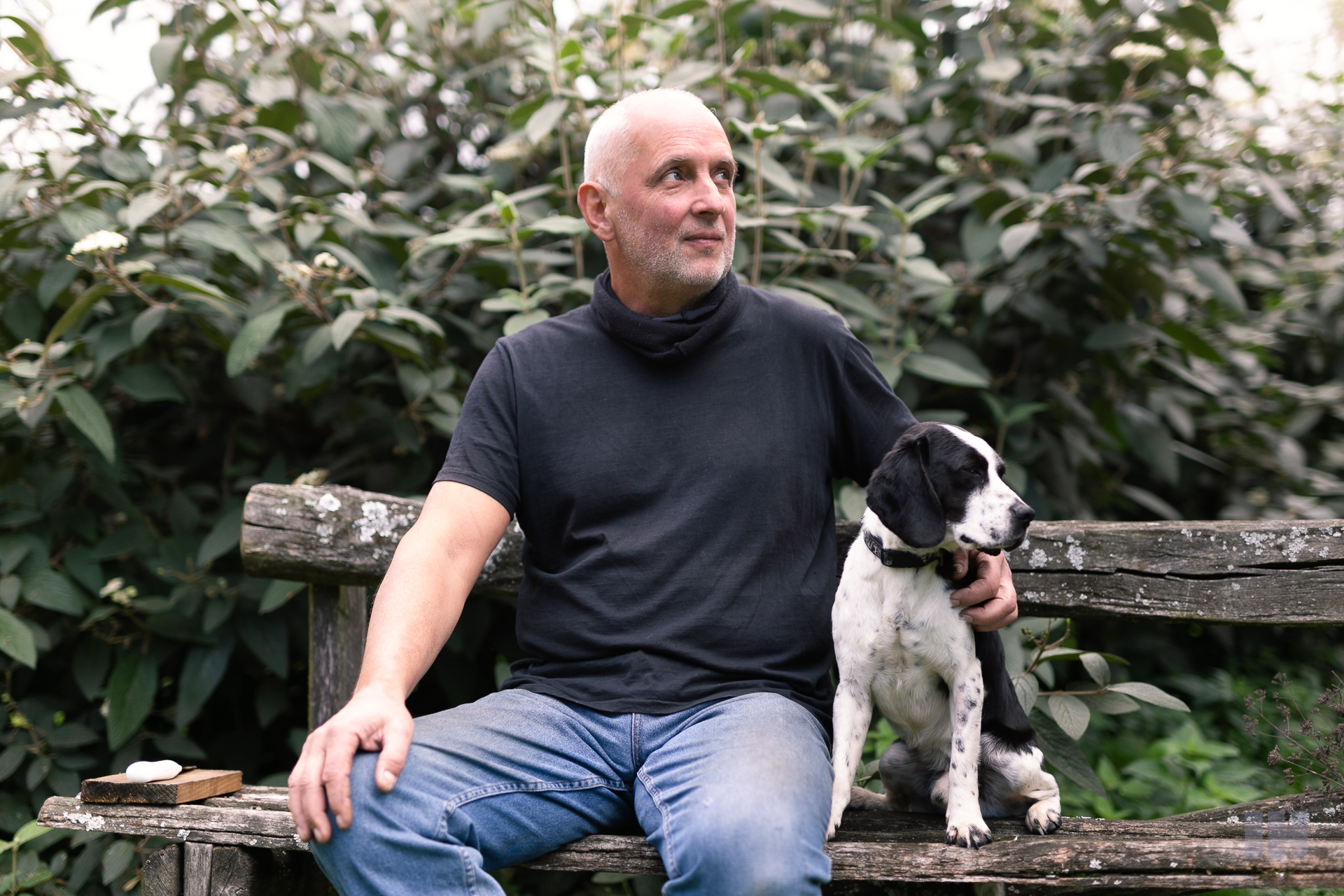
What exactly does the work of a blacksmith in 2020 represent?
Cyril Horák works exclusively with iron. It does not do without forging avoidance with a fan, which keeps the iron at about 1200 °C, above which the material oxidizes and subsequently degrades, melts. The forge works on black coal or coke fuel. It is processed with a hammer on an anvil or under a hammer, if it is necessary to narrow the thicker slices. Each depression on the final object means at least one hammer blow.
“I don’t paint my blacksmith’s objects, people like to touch and look at raw iron. This is how they see every pore of a given material. It is coated with varnish, linseed oil, which has the ability to soak into individual pores and then dry out. It creates an impermeable layer that does not grease or stick. The light parts that are visible on the designs are polished with sandpaper. Everything that remains dark is in the lower layer. What stands out is cleansed of oxides – it is an effective and simple surface treatment.
I need a constant supply of iron for the blacksmith’s craft, which I process afterwards, also coal and electric grinding wheels or similar tools. Everything else, such as chisels, pliers and the like, I made for myself.”
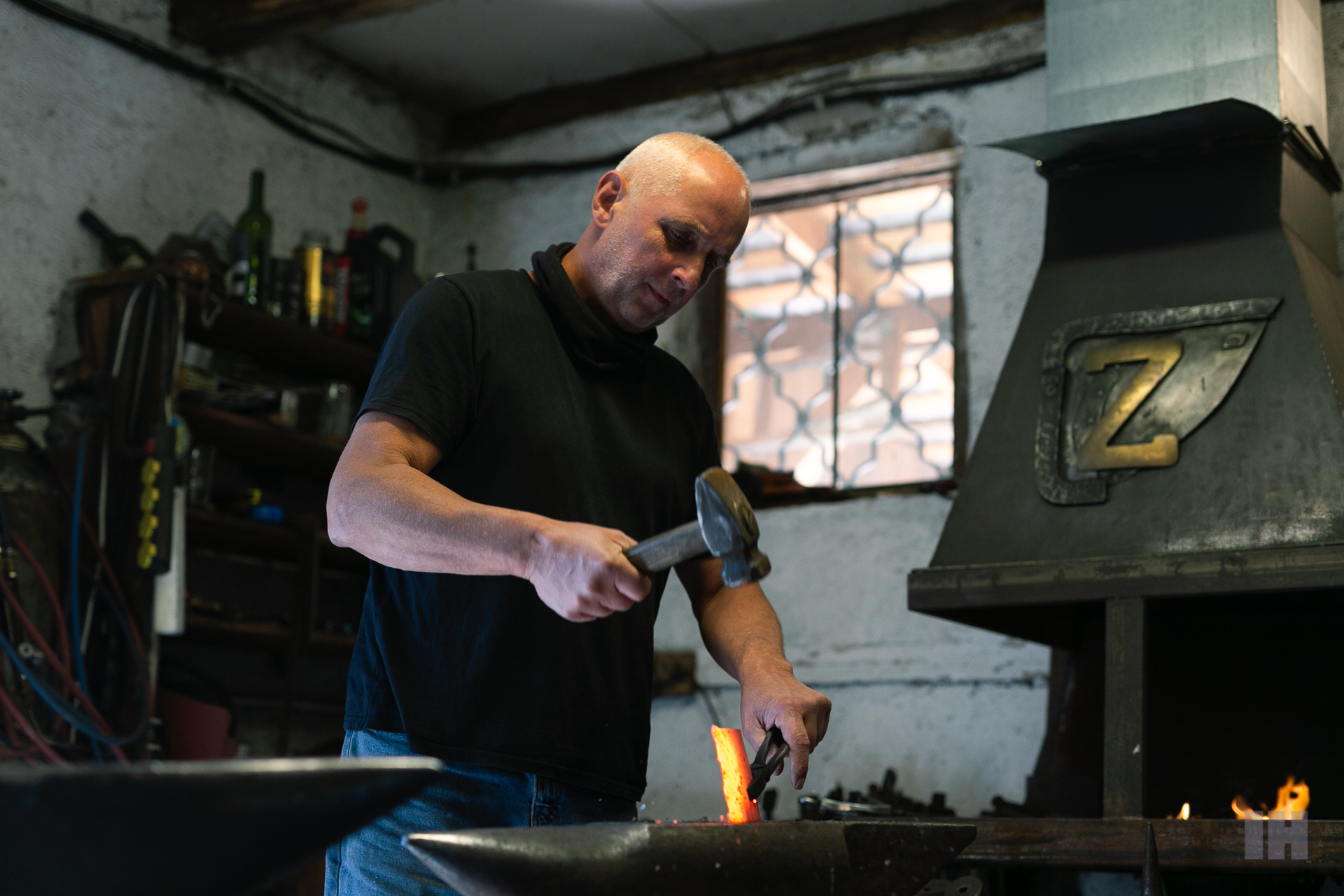
Blacksmith workshops through ÚĽUV
Today, Cyril Horák occasionally teaches his craft in Ruskov, the village where he lives with his family. This happened recently for a few people interested through ÚĽUV – Center of Folk Art Production. It was a two-day course where participants could get acquainted with the work around forge and blacksmith tools.
“In the past, a similar course took place in the inner courtyard of the Slovak Technical Museum in Košice. In my opinion, this was not the most suitable environment for such an activity, so we organized it at my home in Ruskov. Pedal forges were brought to us from ÚĽUV and the participants could try to make simple objects. It is important for me to point out the craft, which is becoming less and less desirable because the majority of metal components are pressed on machines and sold in wholesalers. I do not want this craft to die out completely, and I hope there will still be people among us who will deliver it to the public.”

